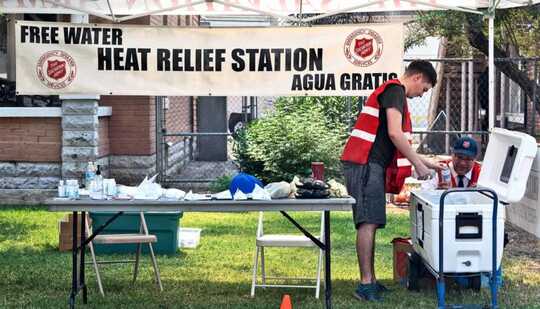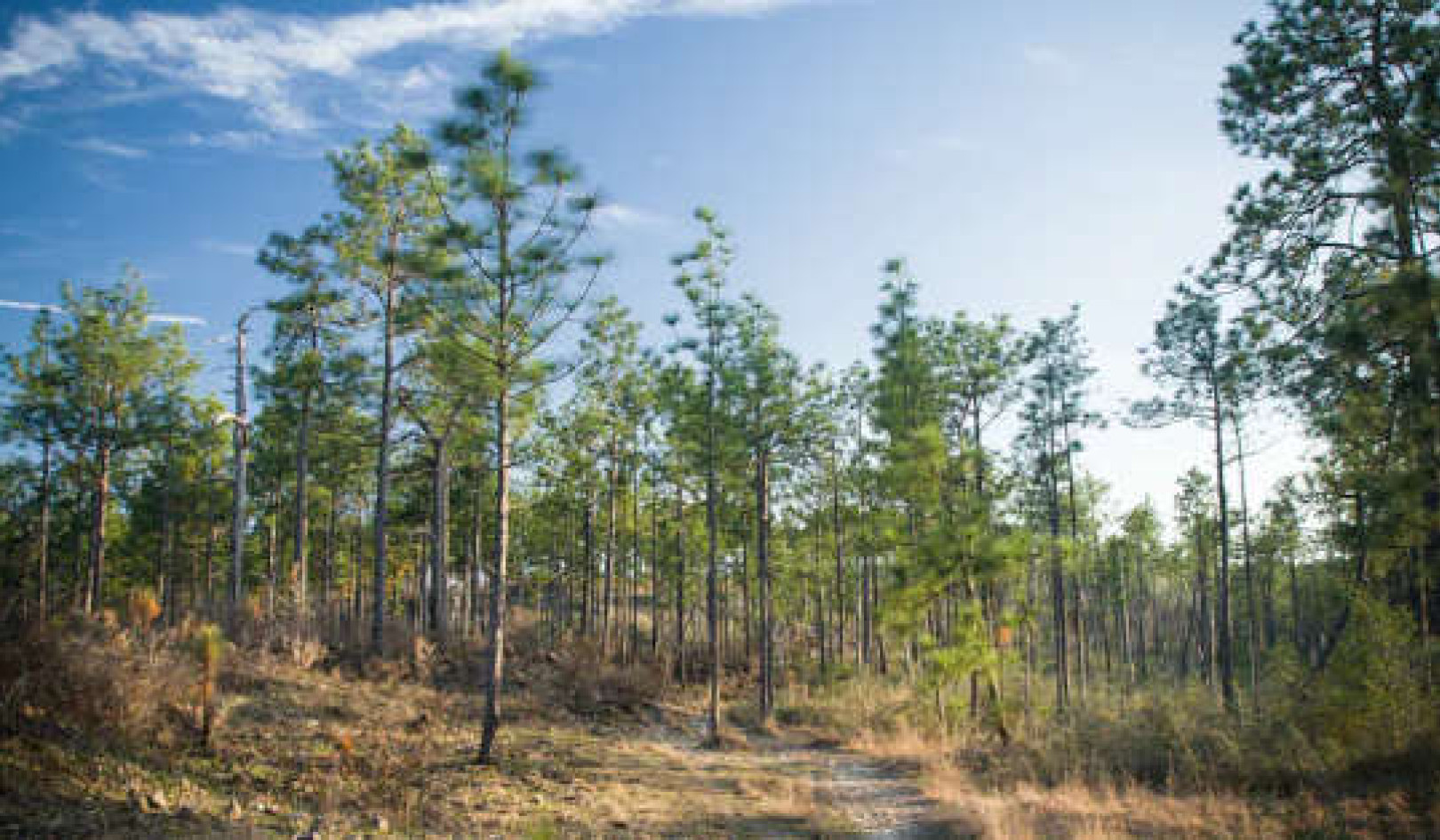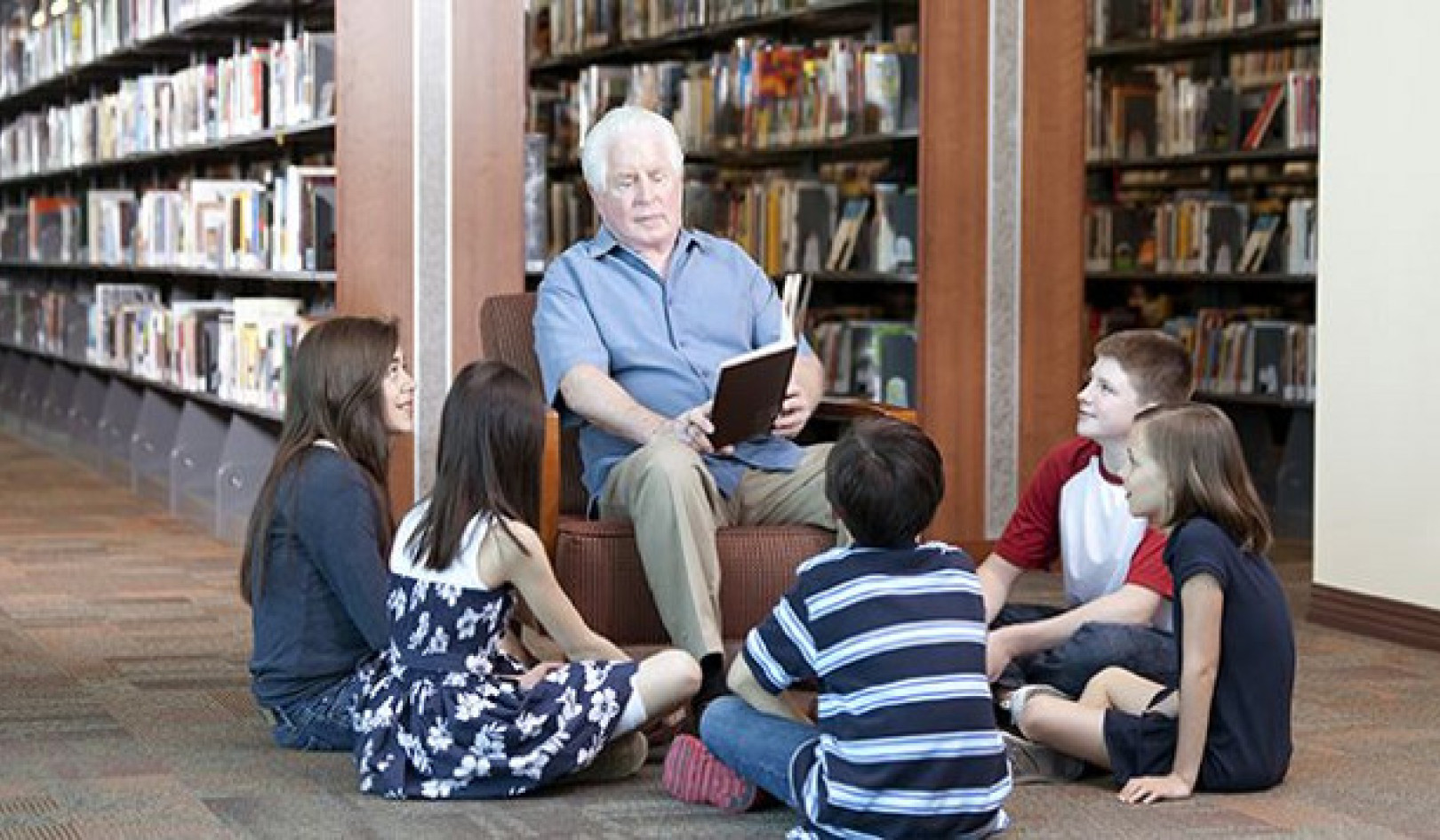
It’s not just you—it really has been absurdly hot in some areas of the US lately.
On June 15, it got to 115 degrees in Tucson, Arizona, the fourth hottest day in the city’s recorded history, according to the National Weather Service. The days leading up to and immediately following that had similar highs, with eight consecutive days topping out at or above 110 degrees.
This year isn’t as anomalous as it might seem, says Ladd Keith, an assistant professor in the College of Architecture, Planning and Landscape Architecture at the University of Arizona. Five of the hottest years globally occurred after 2015, with nine of the 10 hottest years occurring after 2005. Last year was the hottest year ever recorded for the northern hemisphere.
Keith, chair of the college’s Sustainable Built Environments program, researches urban planning and climate change, with a focus on extreme heat.
Here, he talks about what people can do to keep their homes cool in extreme heat and why rising temperatures are not a problem unique to the Southwest.
Get The Latest By Email
Q
For people who want to cool their homes as efficiently as possible, what are some easy things they can do, beyond just having air conditioning?
A
For those who can afford to make home modifications, making sure that their air conditioning system is up to date before the hot season is really important. There are always options to weatherize homes, and Tucson Electric Power has several energy efficiency rebate programs.
Weatherizing a home usually involves an inspection to see where air is escaping from the home, and controlling those types of things. If it’s an older home, it might mean replacing windows, since older-style windows lose a lot of energy. For some of the newer stucco-style homes, you might add insulation in places where the insulation isn’t sufficient. Making sure your home is weatherized is good for extreme heat events and also for our colder periods.
Another idea you often hear about is trying to keep homes no cooler than 78 degrees if you’re able. Extreme heat events can strain the electrical grid, so everyone doing their part to cool their home just to 78 degrees would help. I’ve seen recommendations for letting it go slightly up 10 degrees or so when you’re not at home to help save energy; but if you have pets at home, you still want it to be safe for them.
Q
Your research involves studying how cities can respond to increasing heat. Who is typically most affected by extreme heat waves?
A
Much of the concern about extreme heat is focused on those with lower incomes, marginalized populations, and people experiencing homelessness. There are still many homes in Tucson that don’t have air conditioning, or they may have air conditioning but the people living in the home have to reduce their use of it because they can’t afford the electrical bills, or the air conditioning may be old, or they have a swamp cooler that only cools a certain part of the house. So, it’s not a binary where you either have air conditioning or not; there’s a lot of variation in between.
People experiencing homelessness are some of the most at-risk populations because they’re often outside all day and night and it’s harder to reach them with National Weather Service heat warnings before extreme heat events.
Q
People might think of extreme heat as a problem only for the Southwest, but you’ve said this is a national issue. Why is that?
A
Temperatures are increasing, and cities in the Southwest are recognizing that it’s a growing risk here. But you experience heat differently in different places across the country.
On the East Coast and along the Gulf Coast, heat is paired with high humidity, which makes it much more dangerous to human health. You have to get really hot in the Southwest for it to have the same impact on human health that you see in places with humidity. That’s why there is the joke that “it’s a dry heat” rather than a “humid heat.” That’s true; high humidity with lower heat can cause bad health impacts.
The other tricky thing is that temperate cities—cities in the northern part of the country—typically haven’t had to have air conditioning in the past. But we’re seeing air conditioning adoption rates going up in those cities as they start to get hotter. Maybe in the past, they only had three days or a week where it was uncomfortable without air conditioning.
But as it turns into a whole month that’s uncomfortable without air conditioning, people are going to have to start switching over to air conditioning. Then you run into the same issue where those who can afford air conditioning are going to do that and will adapt, and those in lower-quality housing or those who can’t afford air conditioning will be left behind.
Q
What are some productive measures cities are taking that can help make them more resilient to extreme heat?
A
The big picture is that we don’t govern heat as well as we do other climate risks. When I say “govern,” it’s not just the government, but also private corporations, nonprofits and the public. When there’s a flood risk, we have local flood plain departments and flood specialists and federally backed flood plain maps. When there’s a wildfire, we have wildfire response departments. Heat response is currently much less evolved.
One thing that cities are trying to do is increase their heat resilience in the same way that cities have been working on becoming more resilient to other climate risks, like sea-level rise, flooding, and wildfires. Those efforts fall into two main buckets.
The first is heat mitigation, which is reducing heat through activities like urban greening—increasing urban forestry and vegetation. We can also reduce the number of impervious surfaces that we have, like large parking lots and oversized roads that absorb and trap a lot of heat and release it at night. The city of Tucson is actually part of a pilot program to look at cool pavement coatings that would lighten the color of some of the roads to help mitigate the urban heat island effect.
Then we have heat management, which is more about emergency preparation and response. That includes making sure early-warning systems are set up so that we can alert the public when a heat wave is coming. It also involves setting up and getting out messages about cooling centers, which are safe places for people who don’t have adequate cooling at home and for people who are experiencing homelessness.
Heat is a very complex topic because it involves the design of the entire city, housing quality, the energy system, public health, emergency management, and weather and climate services. It has a lot of interconnected parts.
books _health







